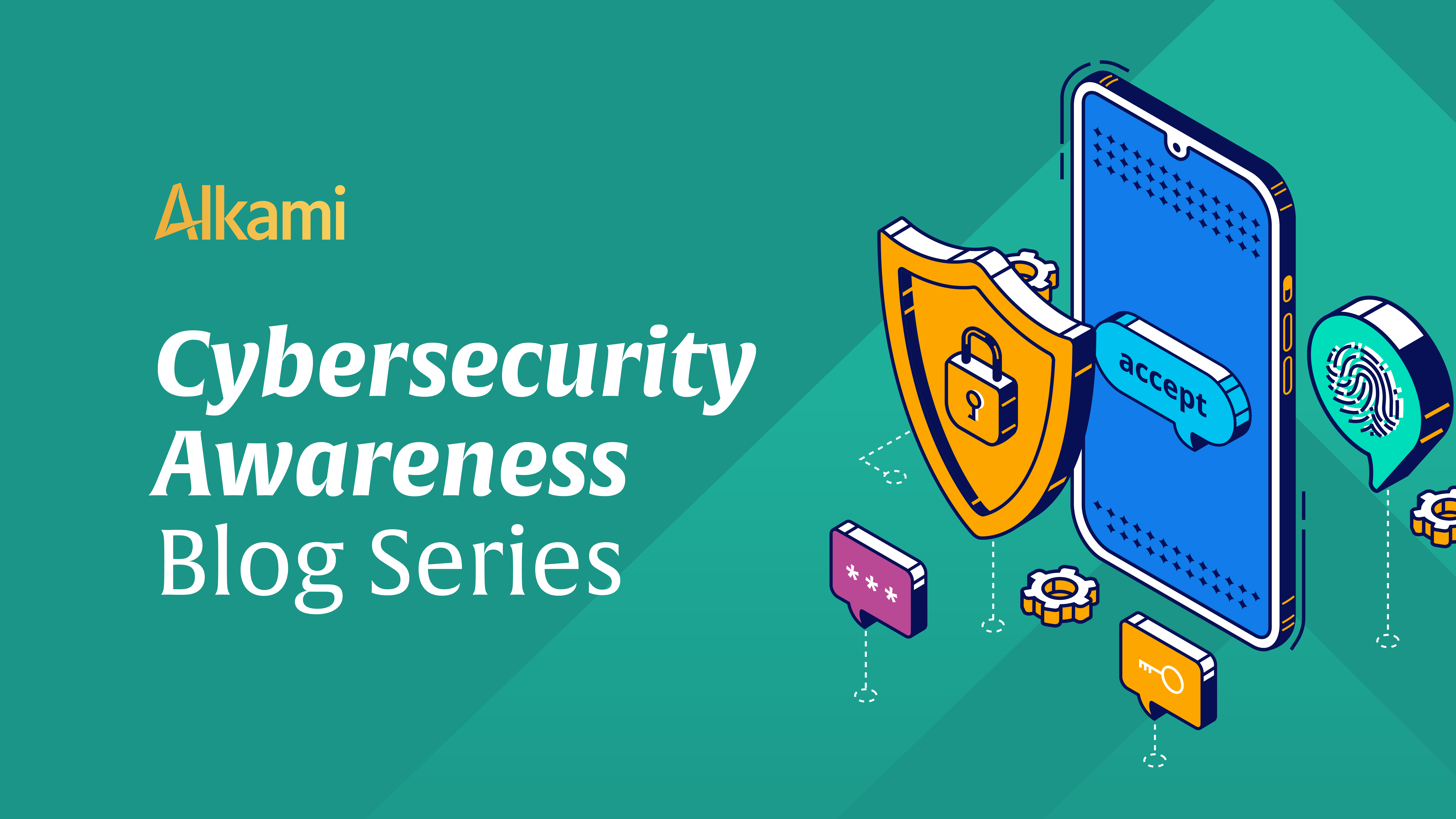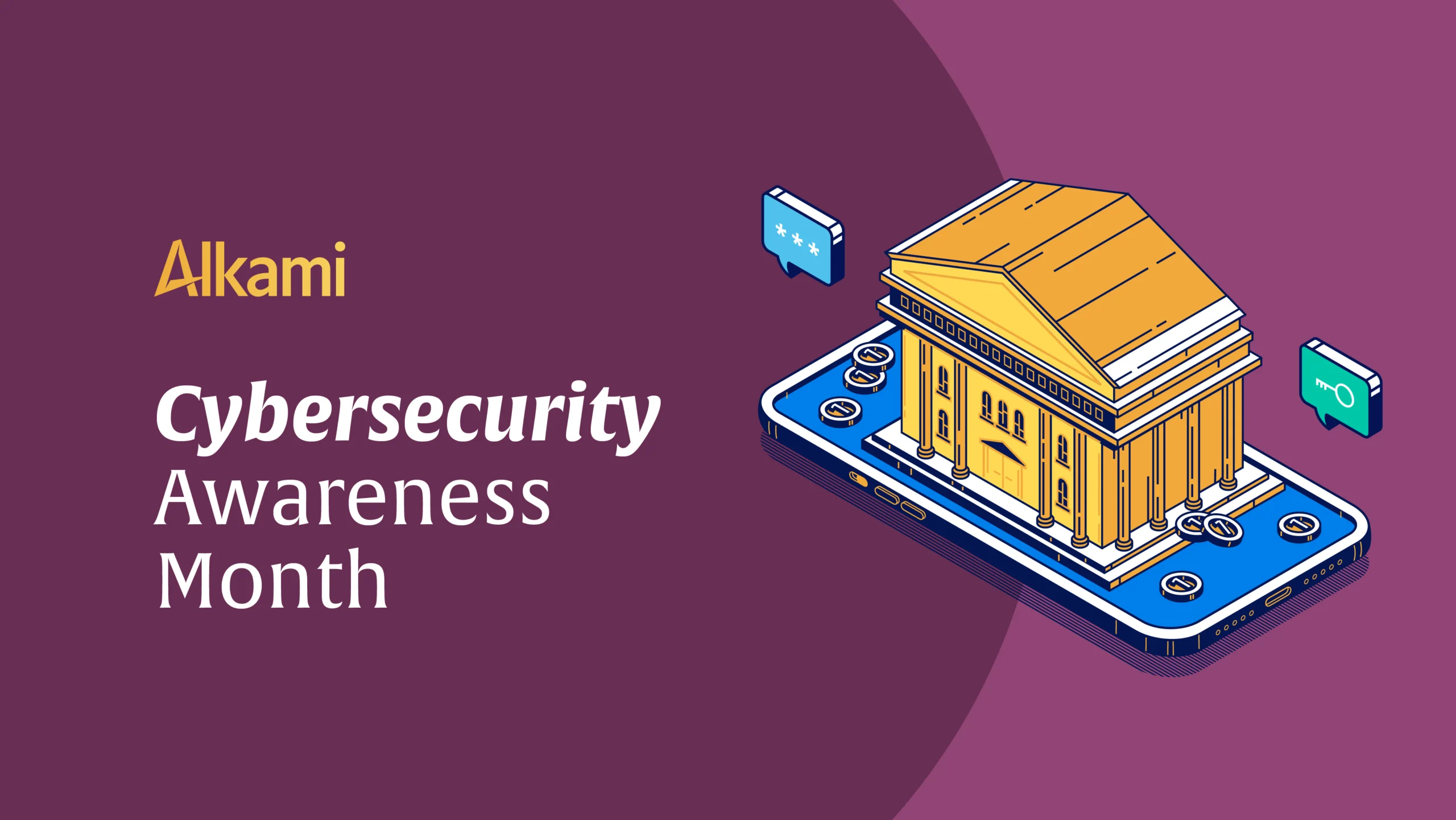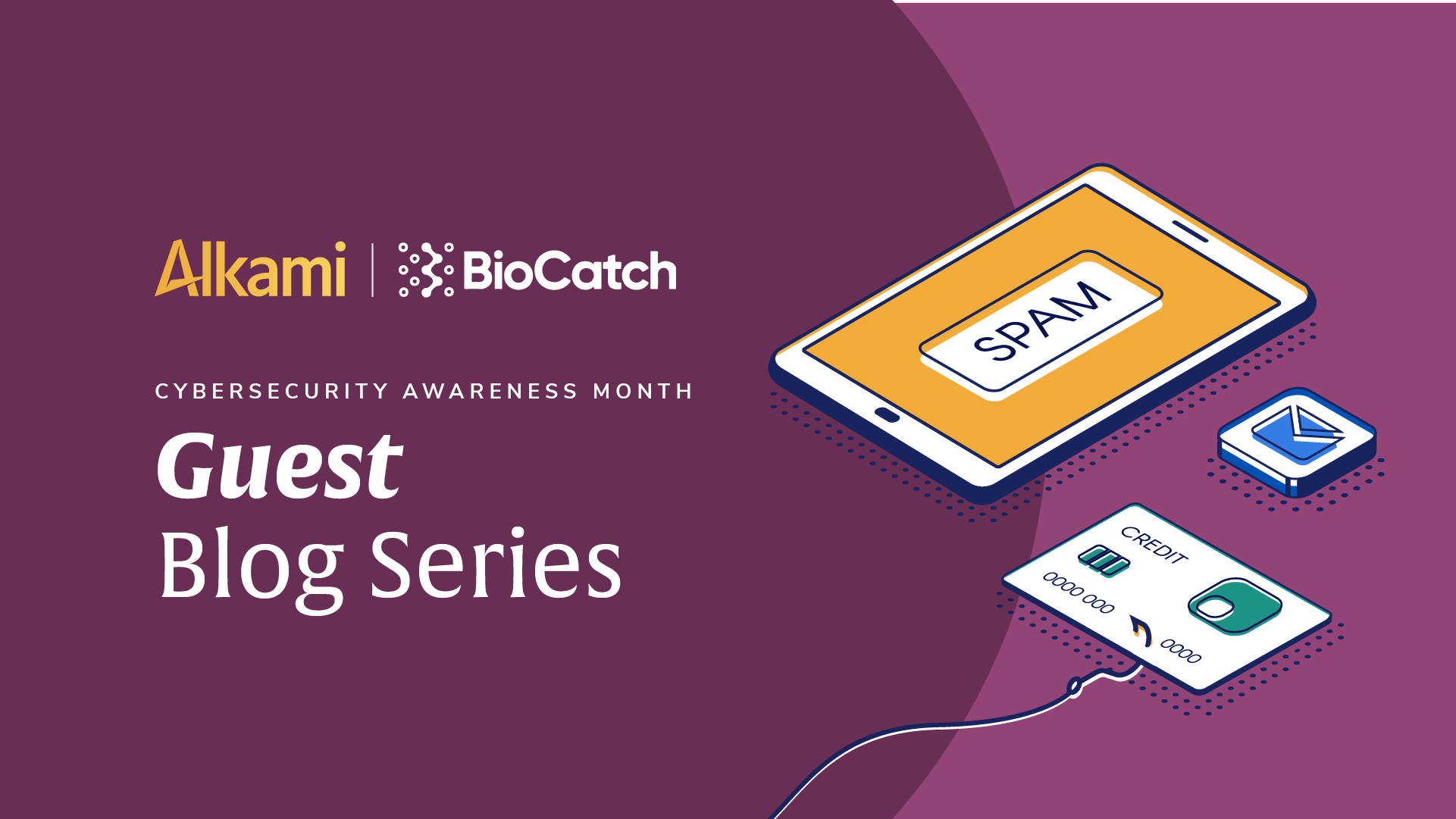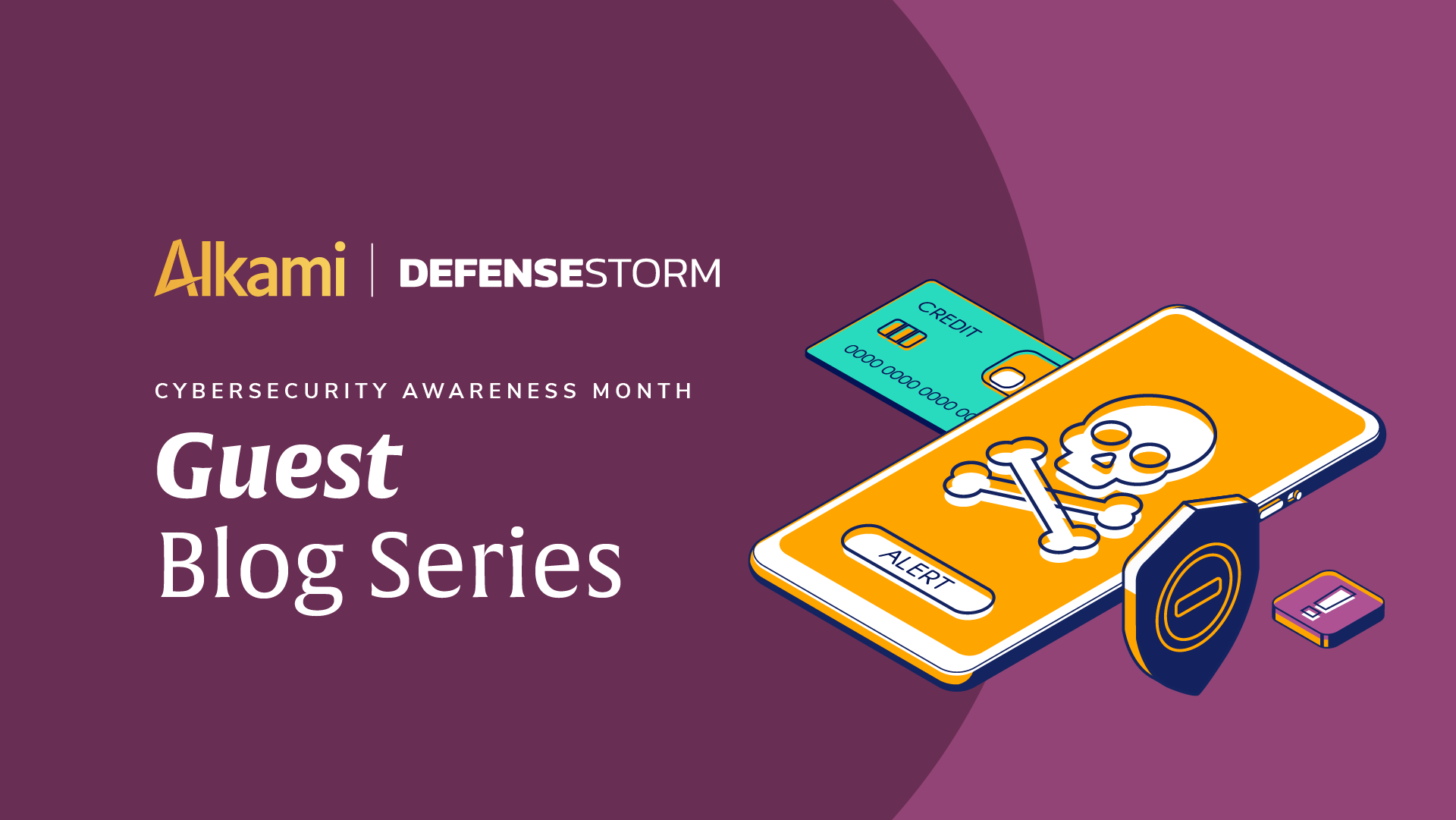Why Time-Based One-Time Passcodes (TOTP) Should Be Your Primary Choice in Online Banking Platforms

- Pros:
- High Security: Biometrics are unique to each individual, making them highly secure.
- Convenience: They offer a quick and seamless authentication experience without needing to remember passwords or codes.
- Cons:
- Privacy Concerns: Users may have concerns about the storage and use of their biometric data.
- False Rejection: Issues like wet fingers or poor lighting can sometimes lead to failed authentication attempts.
Hardware Tokens
Hardware tokens are physical devices that generate a unique code or provide a means to authenticate a user’s identity. Examples include USB keys like YubiKeys or smart cards. Users must insert or connect the token to their device and sometimes enter a PIN to complete the authentication process. Hardware tokens offer a highly secure form of MFA, as they are immune to online threats like phishing and malware, requiring the physical presence of the device for access.
- Pros:
- Strong Security: Hardware tokens, such as YubiKeys, provide a physical layer of security, resistant to phishing and malware attacks.
- No Internet Required: Unlike email or SMS-based MFA, they don’t rely on cloud-based services, ensuring your authentication method is always available, even without internet access.
- Cons:
- Inconvenience: Carrying a physical token can be cumbersome, and losing it can lead to access issues.
- Cost: These tokens often come at an additional cost, which can be a barrier for some users.
- Setup Complexity: Initial setup requires a multi-step process and attention to detail.
Soft Tokens
Soft tokens are software-based solutions that generate OTPs on a digital device, such as a smartphone, tablet, or computer. These tokens can be implemented through mobile or desktop digital banking solutions and function similarly to authenticator apps by generating time-based or event-based OTPs. They offer the convenience of being easily accessible on personal devices and do not require users to carry additional hardware.
- Pros:
- Convenience: Easily accessible on digital devices.
- Cost-Effective: Typically free or low-cost, as they do not require physical hardware.
- Flexibility: Can be quickly set up and used across multiple accounts or platforms.
- Cons:
- Device Dependency: Relies on the security and availability of the user’s digital device.
- Vulnerability to Device Loss: If the device is lost or compromised, access can be disrupted.
Push Notifications
Push notifications for authentication involve sending a prompt to a user’s mobile device, asking them to approve or deny a login attempt. This method typically requires an app installed on the device that can receive these notifications. When a user attempts to log in, they receive an alert with details of the attempt, allowing them to quickly confirm or reject it. Push notifications are favored for their convenience and real-time nature, providing a seamless user experience while enhancing security.
- Pros:
- User-Friendly: Push notifications provide a seamless user experience, prompting users to approve or deny login attempts with a simple tap.
- Immediate Response: They offer quick responses, notifying users of login attempts in real-time.
- Cons:
- Device Dependency: Users must have their mobile device with them and connected to the internet.
- Potential for Overload: Frequent notifications can become a nuisance, especially if there are false alerts.
Enhancing Security with Digital Banking Solutions
While other methods like biometrics and hardware tokens offer excellent security, they often come with higher costs or require specific devices. For most financial institutions and users, TOTPs can likely provide the best balance of security and convenience. TOTPs are highly secure, immune to common attacks like SIM swapping or email compromise, and work offline, making them a strong and reliable option for protecting personal and financial information.
Push notifications also offer a user-friendly layer of security, providing real-time prompts for login approvals. They are particularly effective when used alongside TOTPs, as they allow users to quickly approve or deny account access attempts from their mobile devices, enhancing both convenience and protection.
As cyber threats continue to evolve, implementing TOTP and push notifications as part of a layered fraud protection strategy can significantly enhance the security of online banking platforms. This combination ensures that users’ sensitive information remains protected, reducing the risk of unauthorized access. Whether you’re a bank or credit union looking to strengthen security, adopting TOTPs and push notifications is a crucial step in today’s digital world.
Explore more ways to safeguard your digital banking experience with layered fraud prevention.










